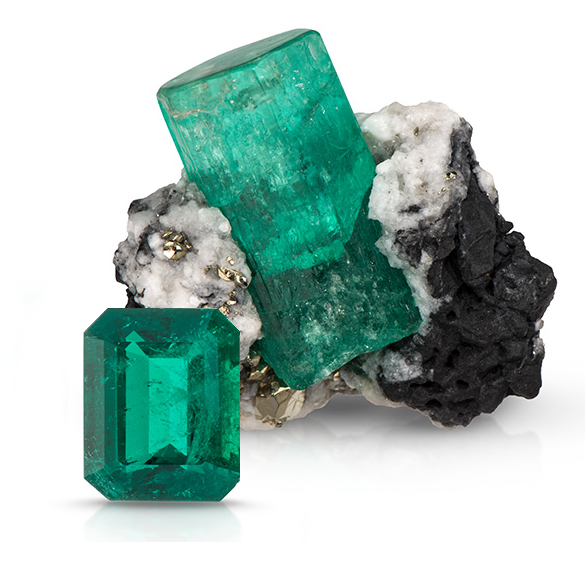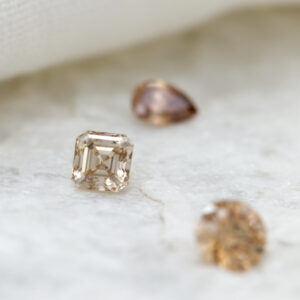Did you know that the human eye can distinguish more shades of green than any other colour? Green has long been associated with abundance, comfort and security, so this coupled with the fact our eyes can appreciate all the subtle shade variations that emeralds offer is perhaps why they have maintained their popularity for centuries. Cleopatra was known to have a particular passion for emeralds, using them in many of her adornments and even claiming ownership of all emerald mines in Egypt during her reign. Ancient Egyptians would use them in jewellery and burying them with monarchs upon death as symbols of protection. Incan emperors and Spanish conquistadors also were also captivated by these richly coloured gems, using them in jewellery and worshipping them in religious practices.
The first known mined emeralds came from Egypt, possibly as early as 350 BC. Columbian emeralds became more globally known around the 16th century. Columbia is still one of the primary sources of emeralds and some of their gems are considered the finest in the world. Brazil, Zambia and Zimbabwe also contribute significant amounts of emeralds to the global market with smaller amounts coming out of mines in Pakistan, Afghanistan, India and Madagascar.

Almost all emeralds will have inclusions visible to the naked eye. These inclusions/fractures (collectively called a “jardin”) can be beautiful if they are distributed evenly and don’t cloud the transparency, along with adding a sense of individuality and unique character to each gem. However, they can weaken the structure and make the gems more susceptible to breakage. It is common for emeralds to be “fracture filled” with a colourless oil or resin. This makes the inclusions and fractures less visible and makes the colour appear more even. Because of this, emeralds do require some special care. Heat and harsh chemicals should be avoided, as should ultrasonic or steam cleaners. The safest way to clean emeralds is with warm soapy water and a soft brush.
While emeralds rank around 7.5-8 on the Mohs scale of hardness, due to the inclusions and fractures, they are not normally suited to everyday wear in something like an engagement ring where they are more exposed to potential damage. However, some settings can be more protective than others (for example a bezel setting rather than simple claw set) so we can always guide you during the design process if you have your heart set! To get started on sourcing the perfect emerald, get in touch with us here.





